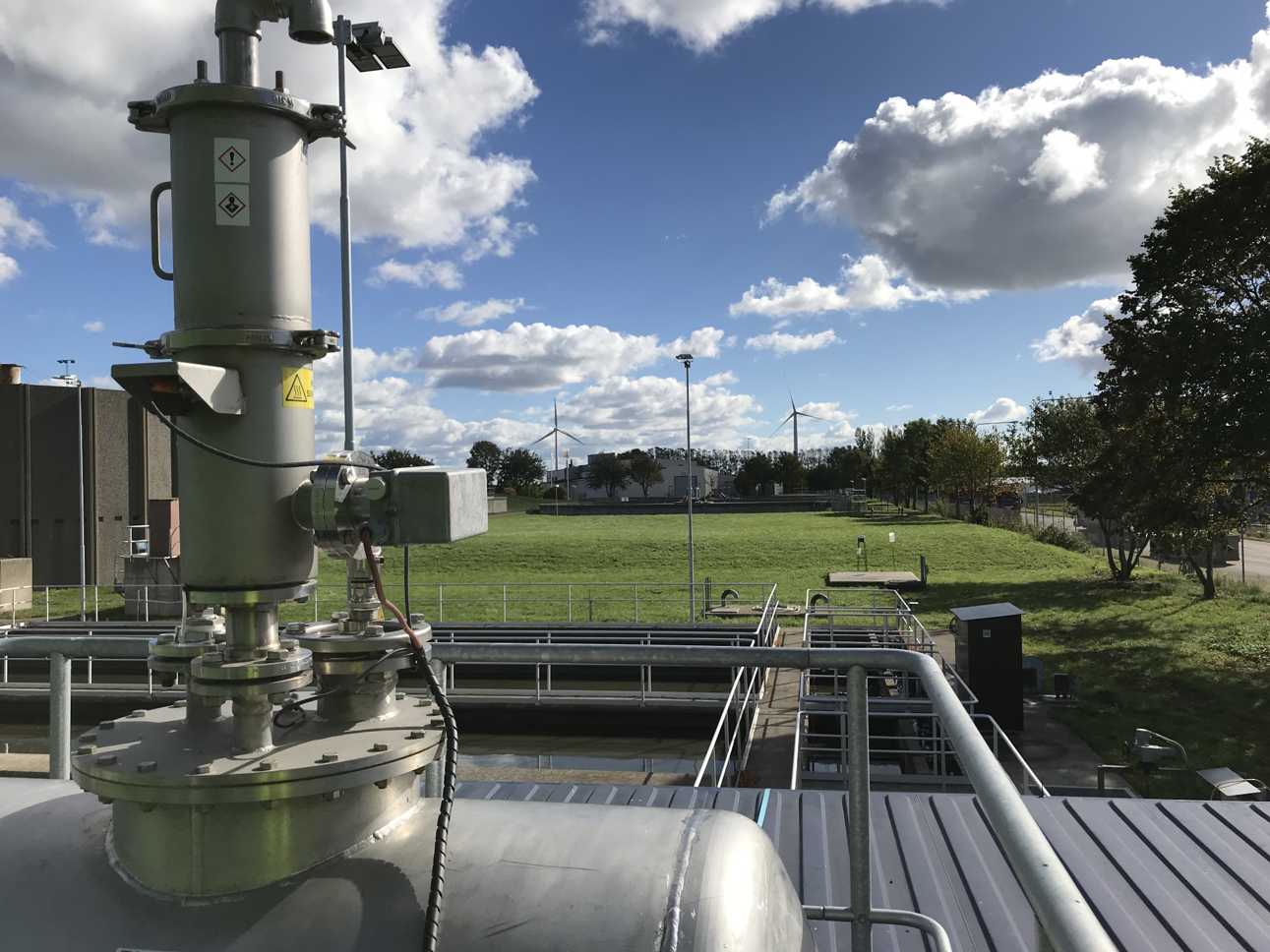Wards Island Wastewater Treatment Plant
Located on the East River in New York City, the Wards Island Wastewater Treatment Plant is the second largest treatment facility in the city, serving over 1 million residents in Manhattan, the Bronx, and parts of Queens. As one of the key components of the city’s wastewater management system, the plant plays a vital role in protecting the environment and public health by treating and disinfecting wastewater before releasing it back into the waterways. In this article, we will explore the history, operations, and significance of the Wards Island Wastewater Treatment Plant.
History:
The Wards Island Wastewater Treatment Plant was built in the 1930s as part of the city’s efforts to improve sanitation and public health. At the time, untreated sewage was being discharged directly into the East River, causing pollution and health hazards for residents and wildlife. The construction of the plant marked a significant step forward in managing the city’s wastewater and preventing waterborne diseases.
Over the years, the plant has undergone several upgrades and expansions to keep up with the growing population and increasing demand for wastewater treatment. Today, it is a state-of-the-art facility that employs advanced technologies and processes to treat millions of gallons of wastewater every day. The plant is operated by the New York City Department of Environmental Protection (DEP) and is staffed by a team of trained professionals who work around the clock to ensure the proper treatment and disposal of sewage.
Operations:
The Wards Island Wastewater Treatment Plant uses a series of physical, chemical, and biological processes to remove pollutants from the wastewater before it is released back into the environment. The treatment process begins with the screening of large debris and solids to prevent clogging and damage to the equipment. Next, the wastewater is sent to settling tanks where heavier solids settle to the bottom and are removed.
After that, the water is treated with chemicals to remove organic matter and pathogens, followed by aeration tanks where bacteria break down remaining pollutants. Finally, the treated water is disinfected with chlorine or ultraviolet light to kill any remaining bacteria before being discharged into the East River.
In addition to treating wastewater, the plant also produces biosolids, a nutrient-rich byproduct of the treatment process. These biosolids are treated and processed into fertilizer, which is then used in agriculture and landscaping. By recycling and reusing biosolids, the plant helps reduce waste and promotes sustainability in waste management.
Significance:
The Wards Island Wastewater Treatment Plant plays a crucial role in protecting the environment and public health in New York City. By treating and disinfecting wastewater, the plant helps prevent pollution of waterways and reduce the risk of waterborne diseases. Without proper wastewater treatment, sewage and other pollutants can contaminate rivers and harbors, harming aquatic life and endangering human health.
In addition to its environmental benefits, the plant also contributes to the city’s economy by creating jobs and supporting local industries. The operation and maintenance of the plant require a skilled workforce, providing employment opportunities for engineers, technicians, and other professionals in the wastewater treatment industry. Furthermore, the production of biosolids for fertilizer helps reduce the city’s reliance on chemical fertilizers, promoting sustainable agriculture and landscaping practices.
Overall, the Wards Island Wastewater Treatment Plant plays a vital role in the infrastructure of New York City, ensuring the safe and efficient management of wastewater for millions of residents. As the city continues to grow and urbanize, the plant will remain a key asset in protecting the environment and public health for generations to come.
In conclusion, the Wards Island Wastewater Treatment Plant is a critical component of New York City’s wastewater management system. Through its advanced technologies and processes, the plant treats millions of gallons of wastewater every day, protecting the environment and public health. As the city continues to evolve, the plant will play an essential role in ensuring a sustainable and healthy future for all residents.
References:
1. New York City Department of Environmental Protection: Wards Island Wastewater Treatment Plant https://www1.nyc.gov/assets/dep/downloads/pdf/wastewater-treatment/wards_island_fact_sheet.pdf
2. Wards Island Wastewater Treatment Plant – New York City – Water Pollution Control Plant https://www.water-technology.net/projects/wards-island-wastewater-treatment-plant-new-york-city/


